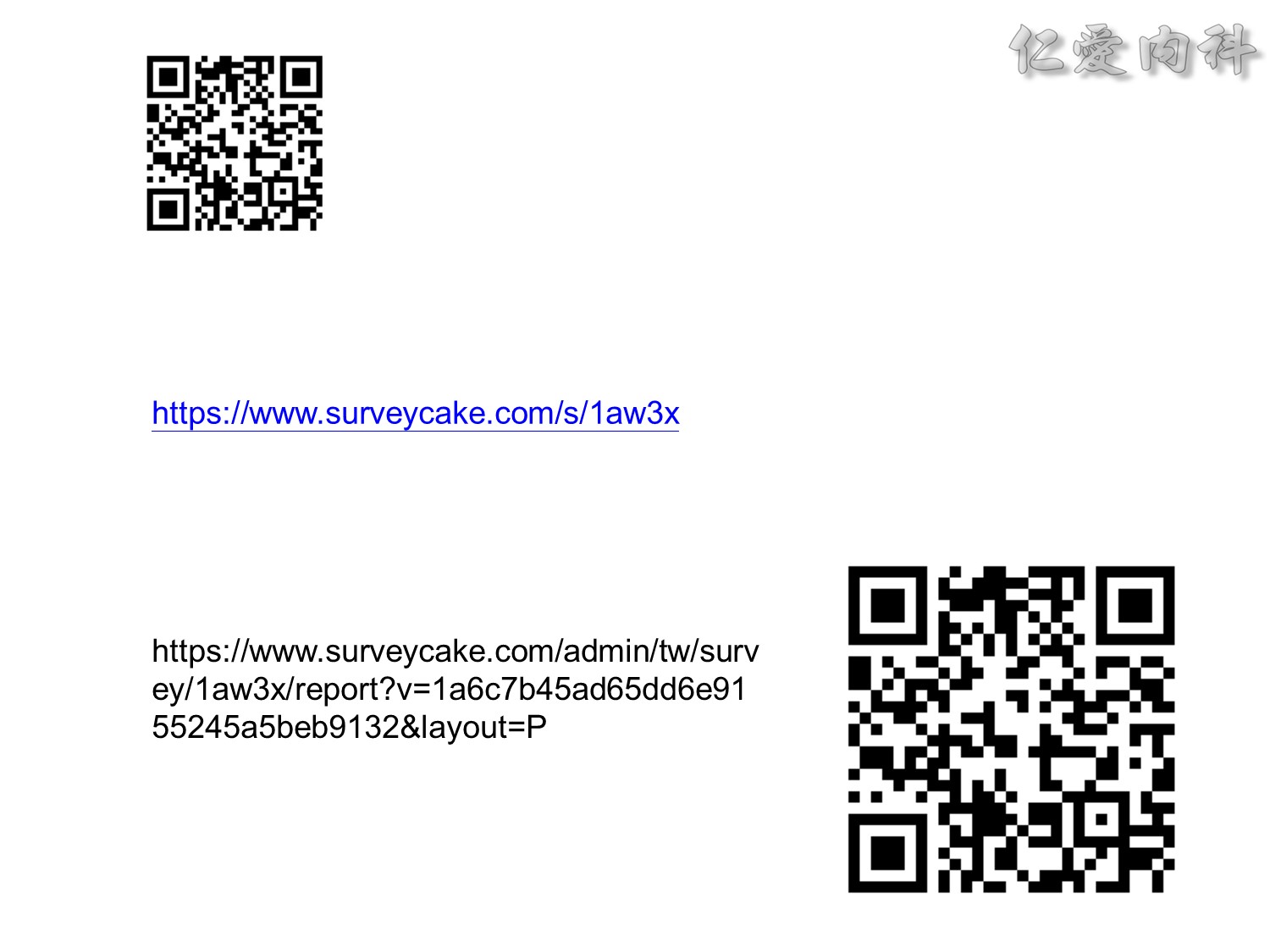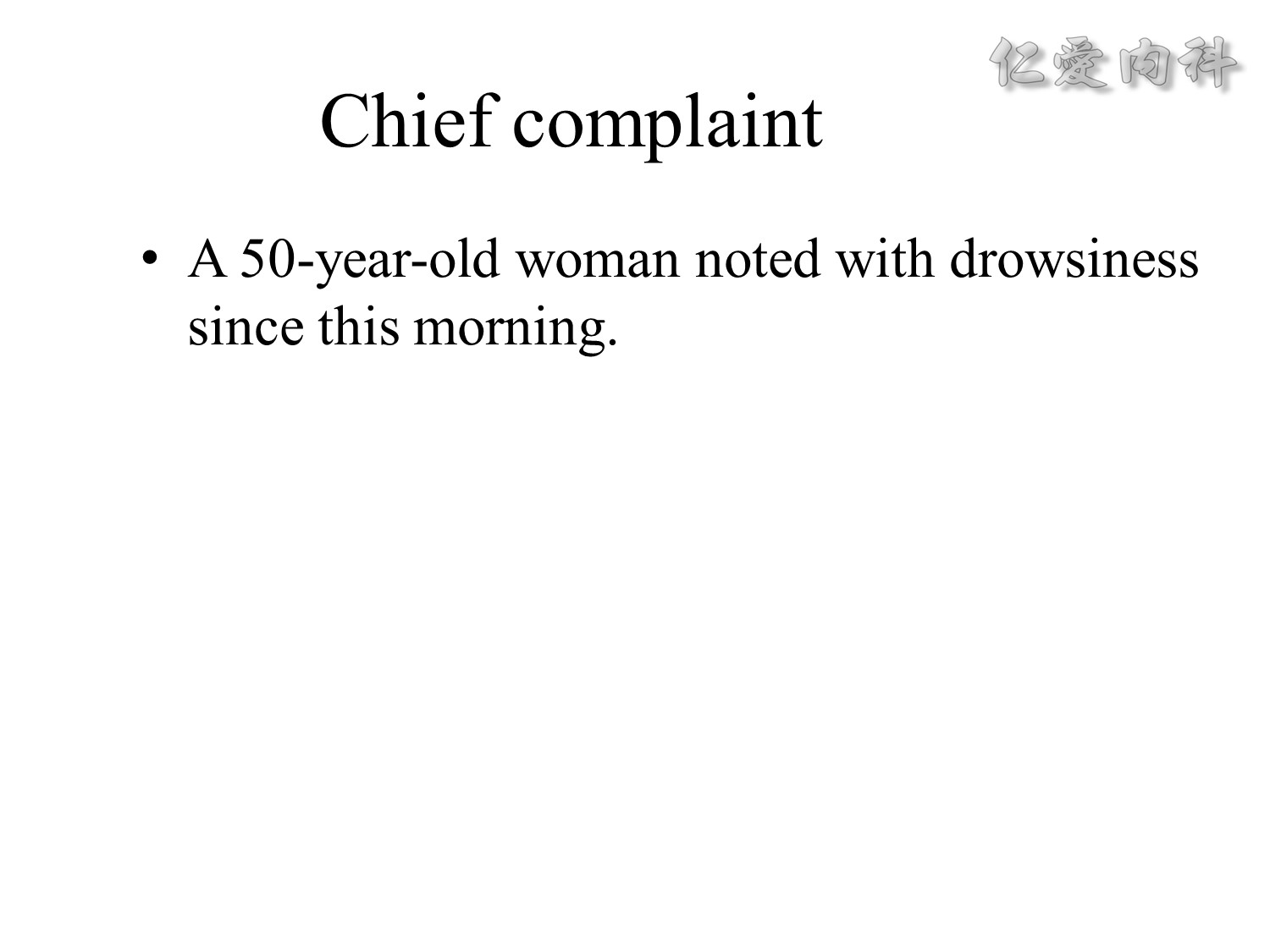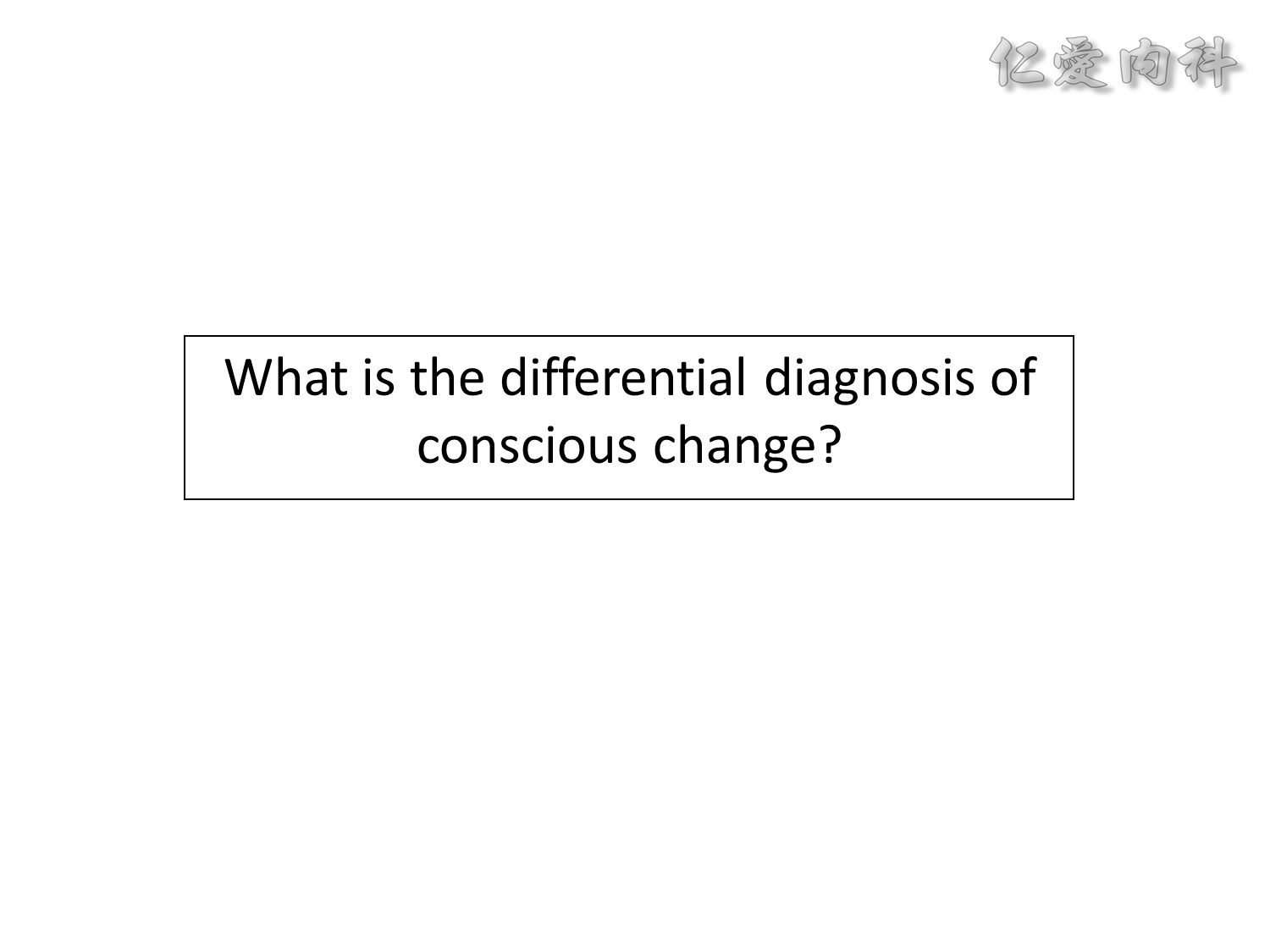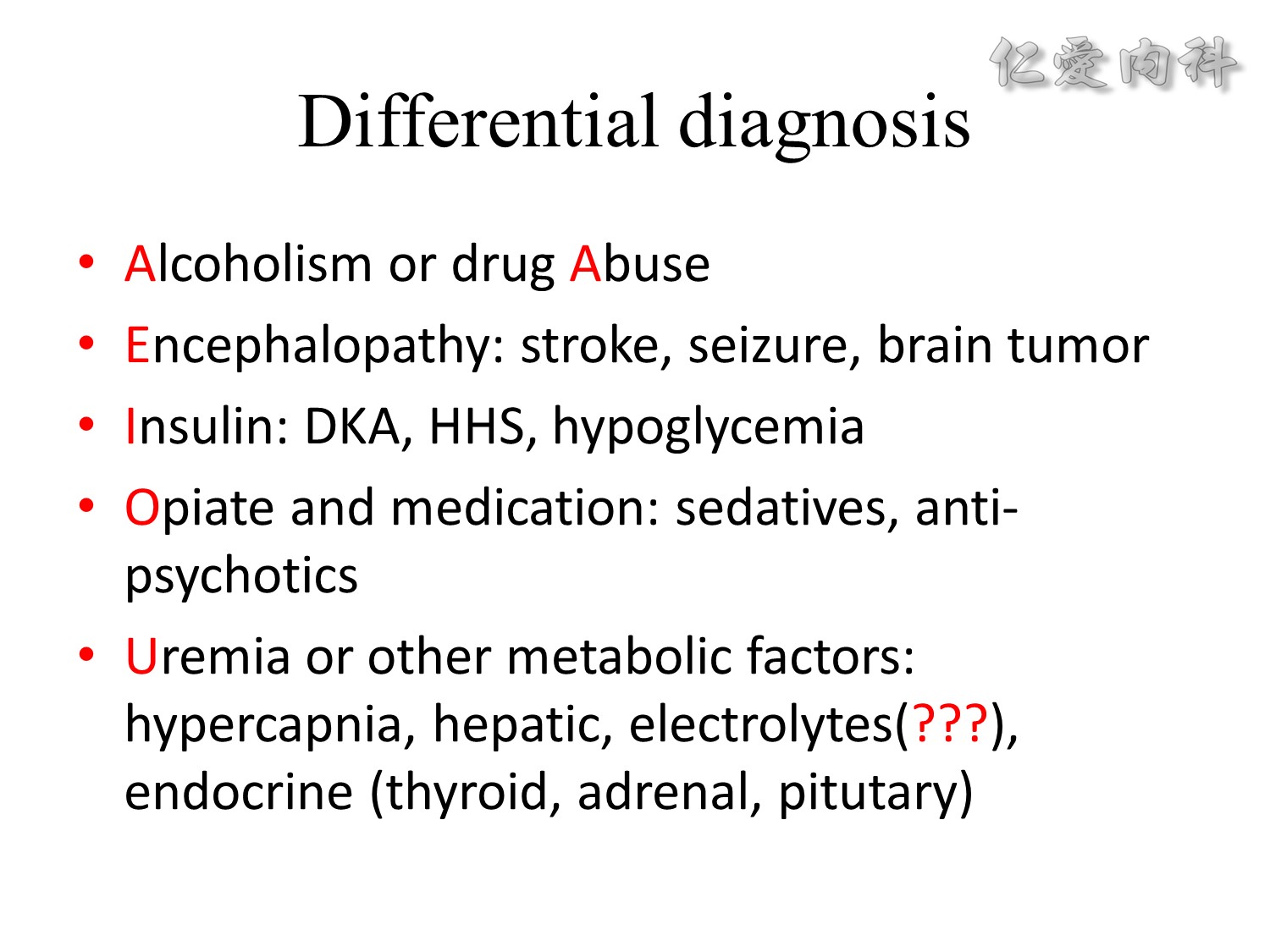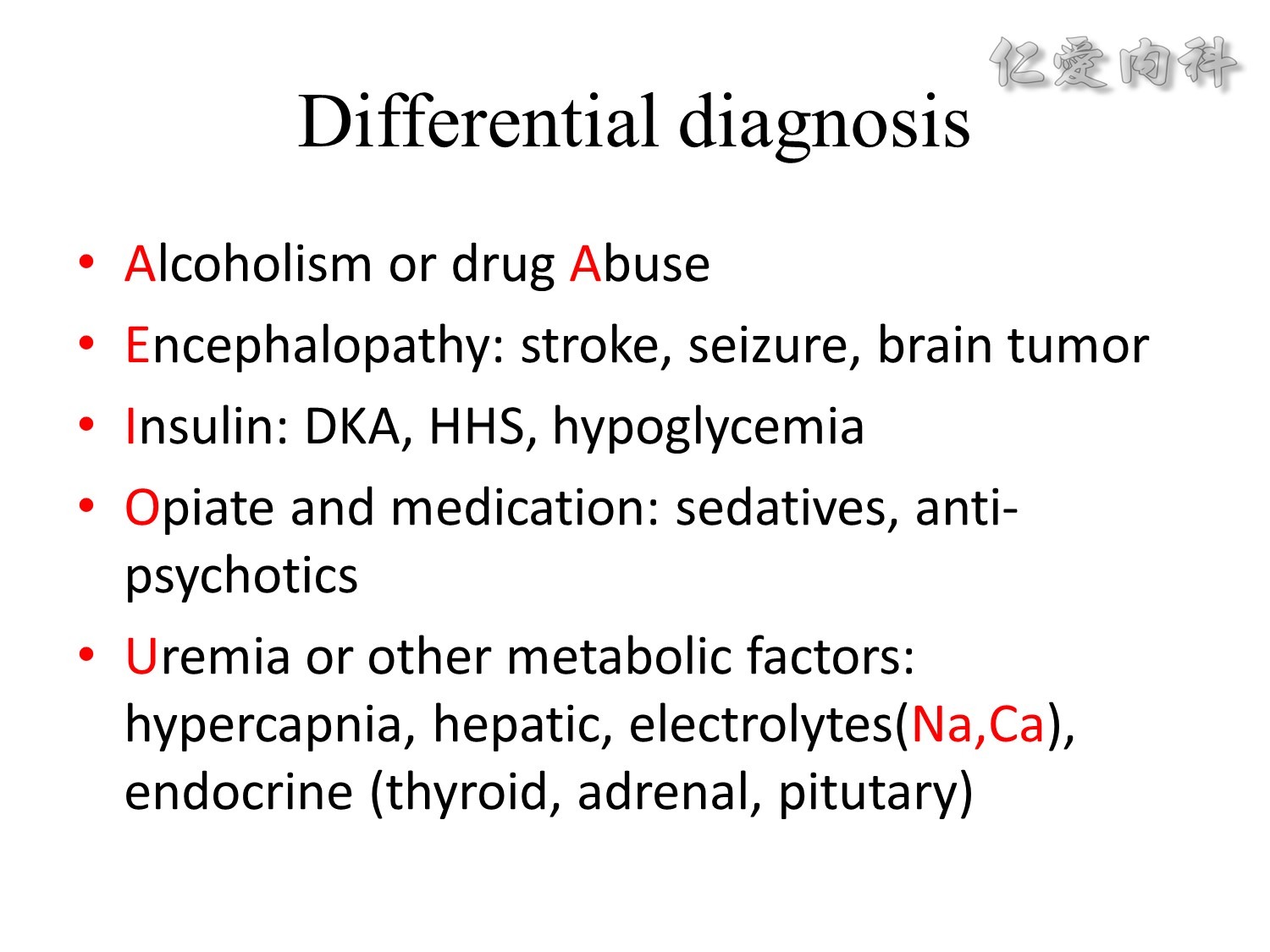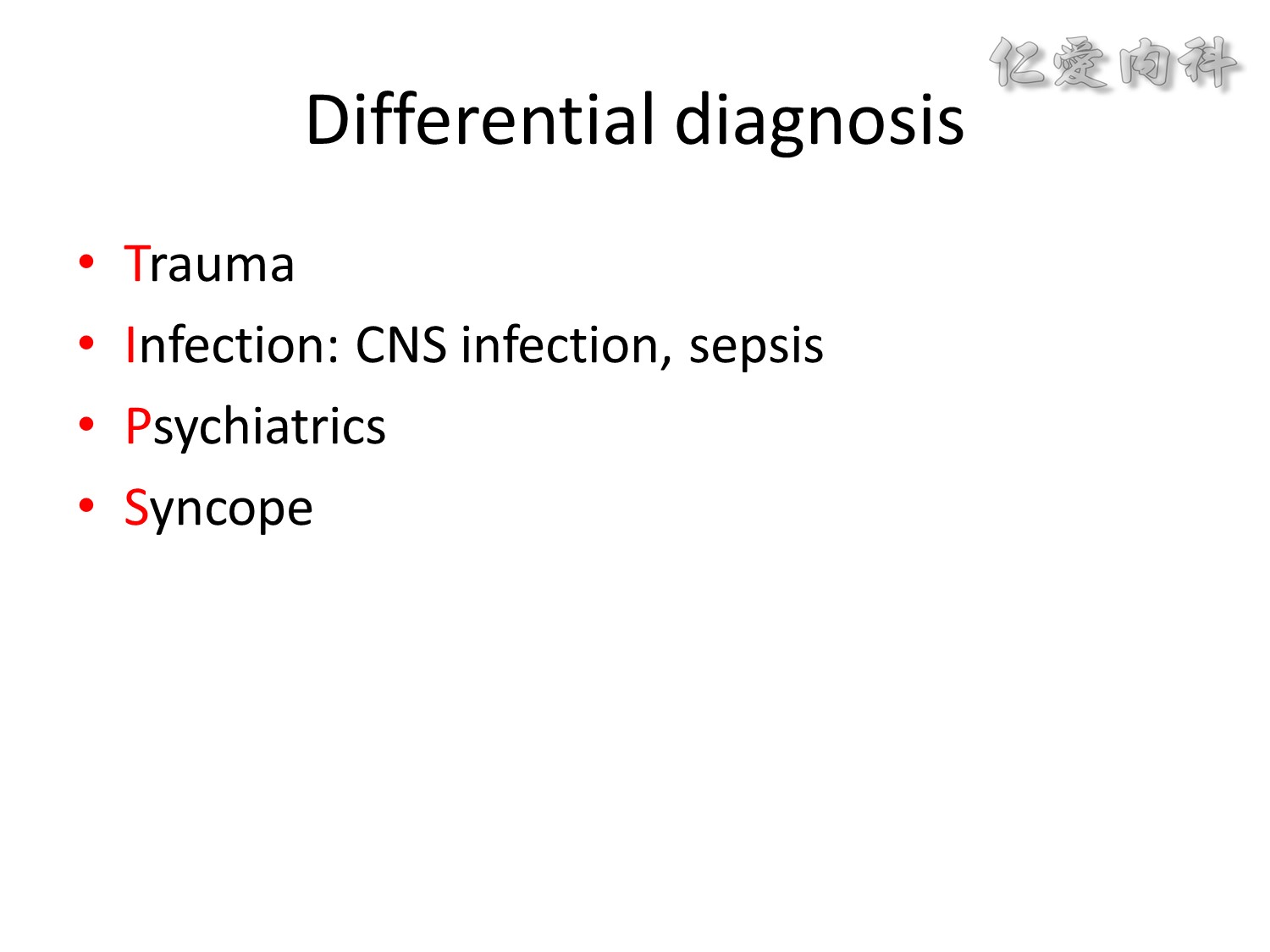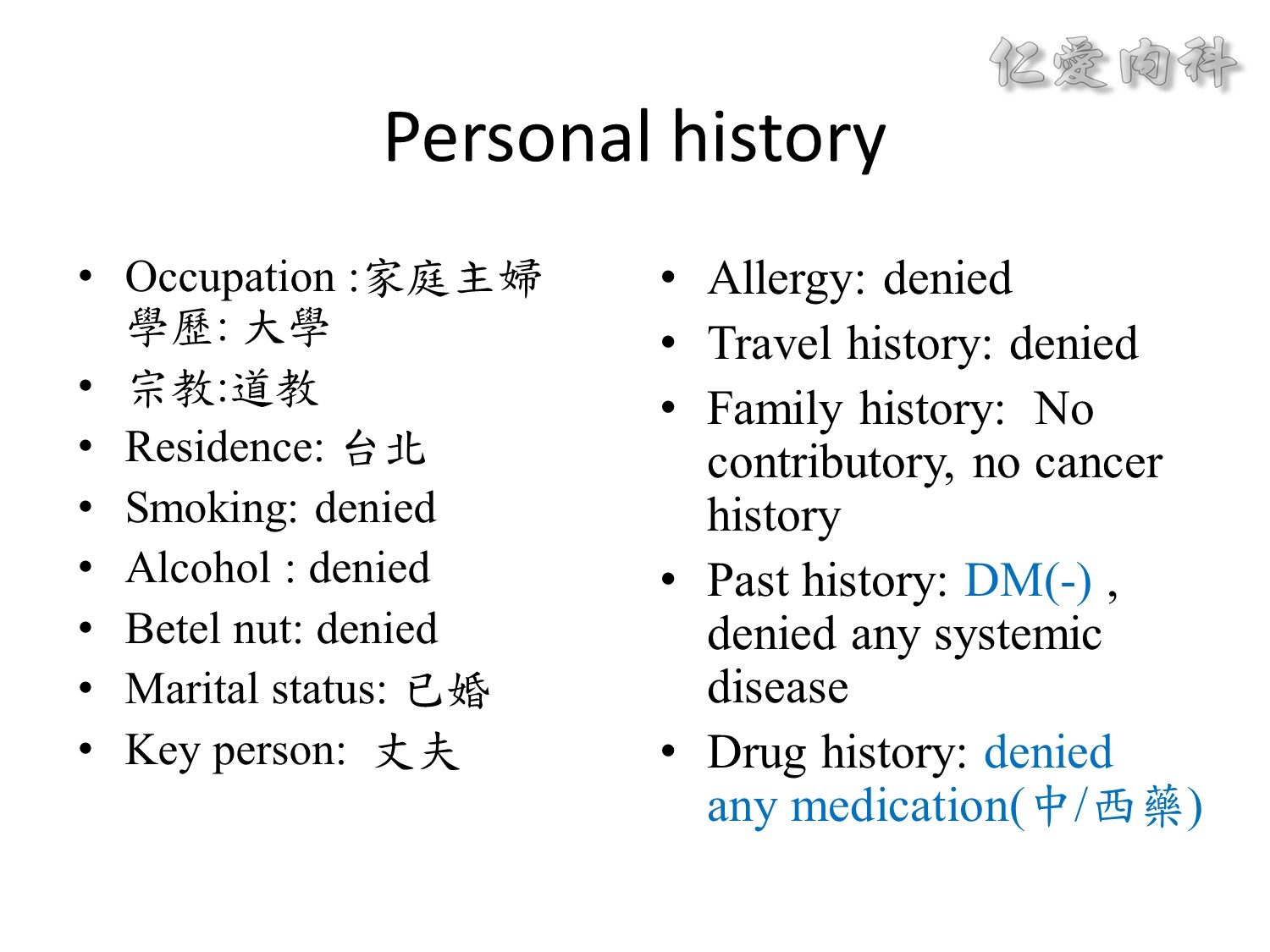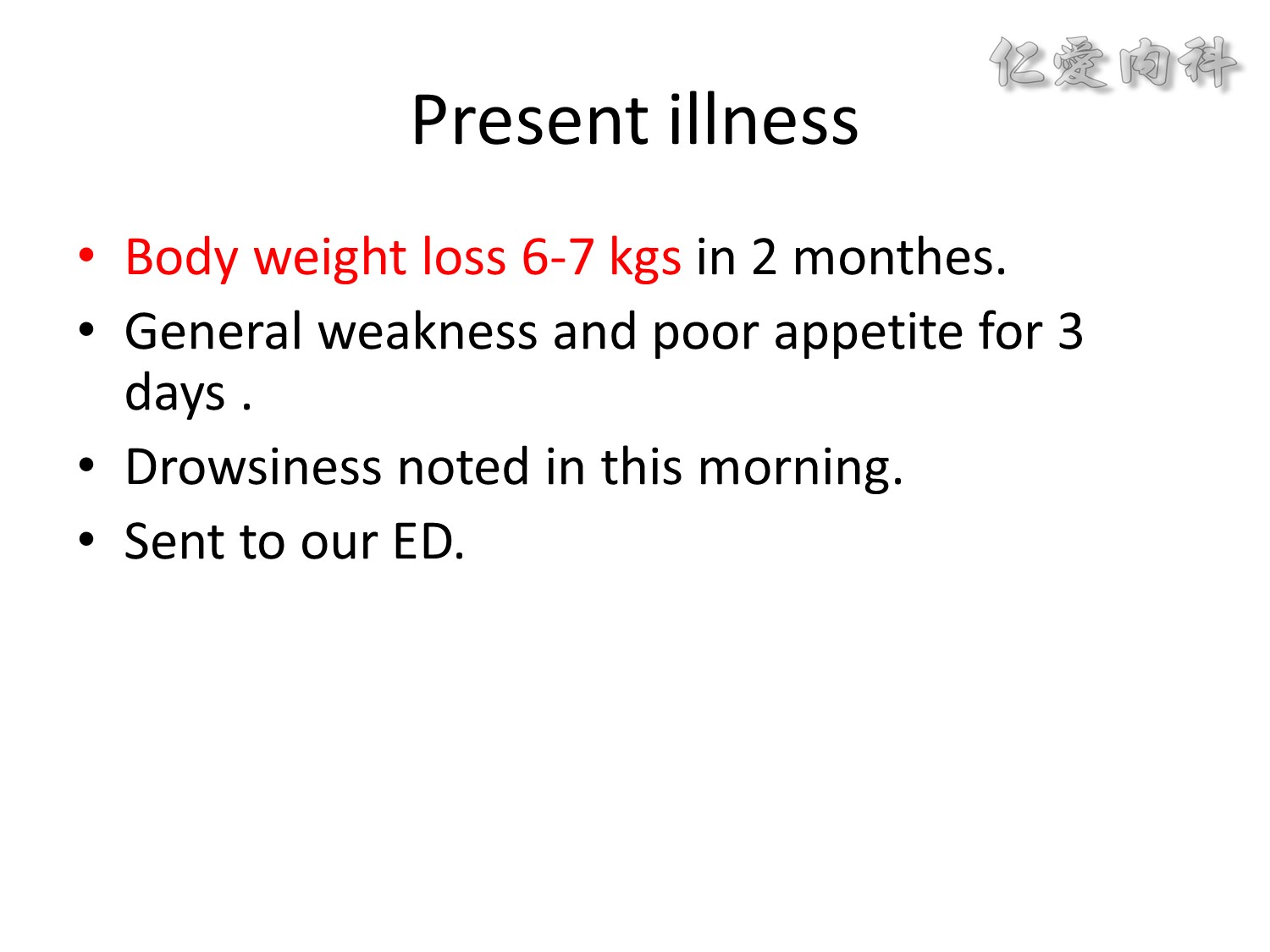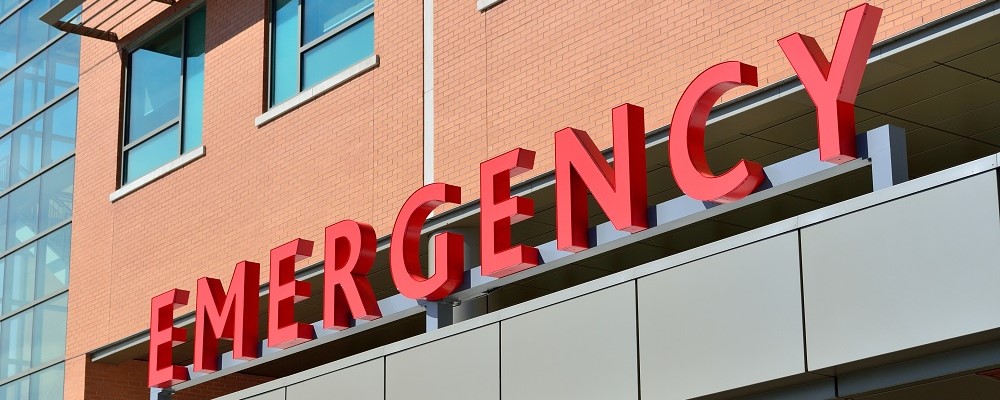
作者/講者: 王舜禾 醫師
整理: 李耿列 醫師
校稿: Ian YC Chen, MD
上次校閱: 2018/10/22
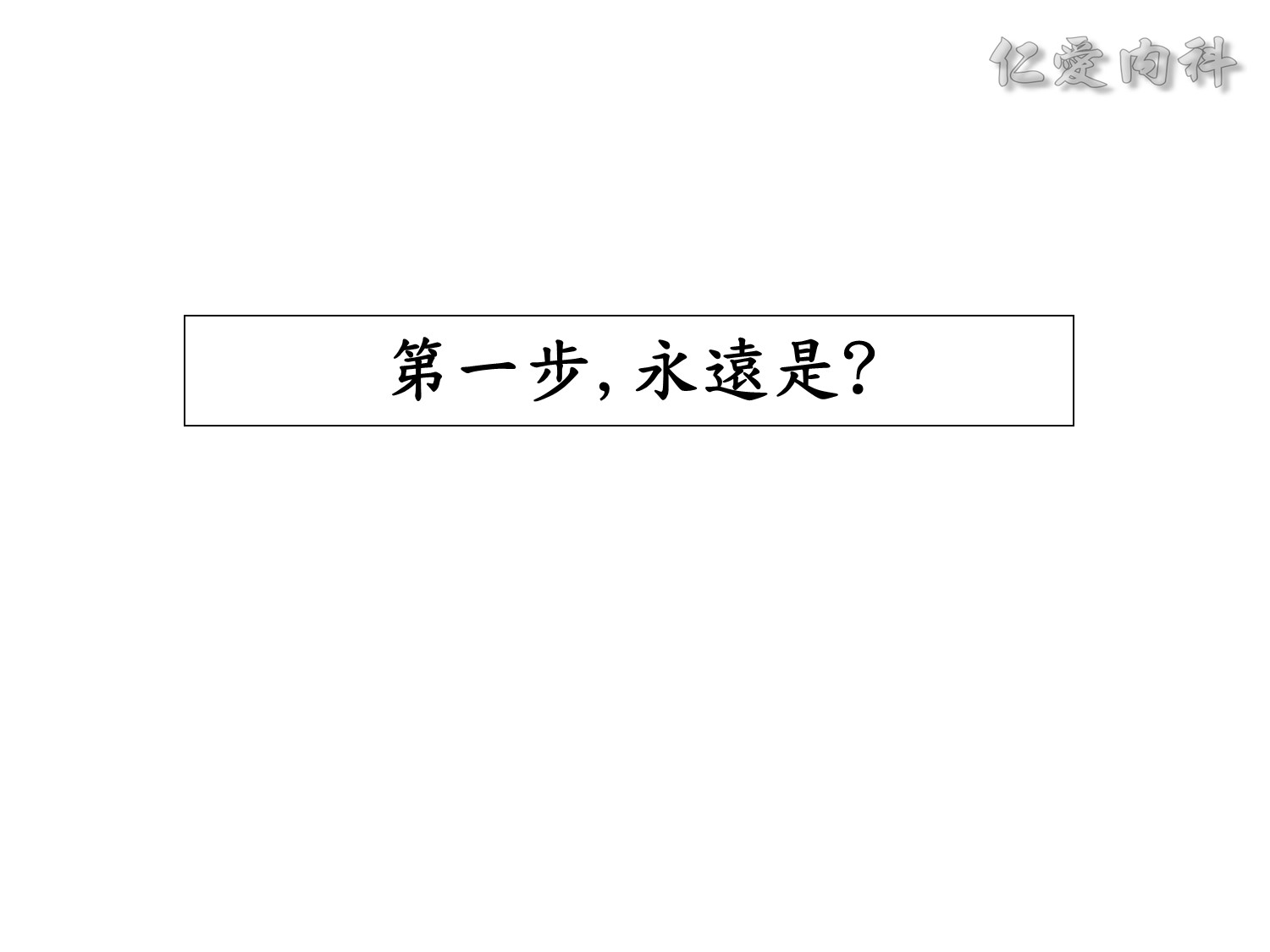 A quick check for common rapidly reversible causes dovetails (吻合) nicely with the ABC’s approach to all emergency patients.
A quick check for common rapidly reversible causes dovetails (吻合) nicely with the ABC’s approach to all emergency patients.
A (Airway)- An insecure or incomplete airway can lead to hypoxia and CNS malfunction. Open the airway, check pulse-oxymetry and provide supplemental oxygen.
B (Breathing)- Inadequate ventilation will lead to high levels of CO2 and respiratory acidosis. Bag-valve-mask (i.e., the proprietary name Ambu bag or generically as a manual resuscitator or “self-inflating bag”) ventilation should be provided until adequate ventilation can be restored (waking the patient up of putting them on a ventilator).
C (Circulation)- Poor circulation leads to hypoperfusion of the brain. Without blood supplying adequate oxygen and glucose, mental status plummets (下墜) in seconds. Check pulses, capillary refill and place the patient on a cardiac monitor to assess the rhythm. If there is no organized rhythm, provide immediate continuous CPR and defibrillation (or pacing) as needed. If there is an organized rhythm assess for other causes of circulatory collapse (volume depletion, MI and Cardiogenic shock, sepsis and distributive shock). Place supine or trendelenberg position to increase circulation to the brain. Circulation must be restored to the brain before any further evaluation can proceed.
D (Disability)- Gross assessment of disability level. GCS or AVPU (an acronym from “alert, voice, pain, unresponsive”) for level of consciousness. Note any spontaneous movements: Is there lack of movement on one side of the body (stroke)? Is there lack of movement below a certain level of the body (cord injury)? Is there evidence of seizure activity? Are the pupils equal and reactive?
E (Exposure)- Exposure and rapid head to toe look for signs of trauma, transdermal drug patches, dialysis devices, infectious sources (such as catheters) or petechiae.
As you proceed through the above steps of initial stabilization, keep in mind rapidly fixable causes for the problems. Along with the vital signs you should get a rapid blood glucose determination.
Hypoglycemia is common and an amp of IV D50 can be a lifesaver. Narcotic overdose is darn-near epidemic. An empiric trial of Naloxone (narcan) is safe and may be diagnostic. Narcotic withdrawal is not life-threatening but can be miserable (and disruptive to a busy ED) so start low (1-2 mg IV) and titrate to higher doses. Thiamine (100mg IV) is recommended for possible Werneckie’s encephalopathy. It’s role in acute management of this very rare condition is controversial but it’s very safe, cheap and easy. When in doubt-play it safe!
Ref: CDEM Curriculum (原文連結已經被移除)
(建議參考) The ABCDE approach by The Resuscitation Council (UK)


